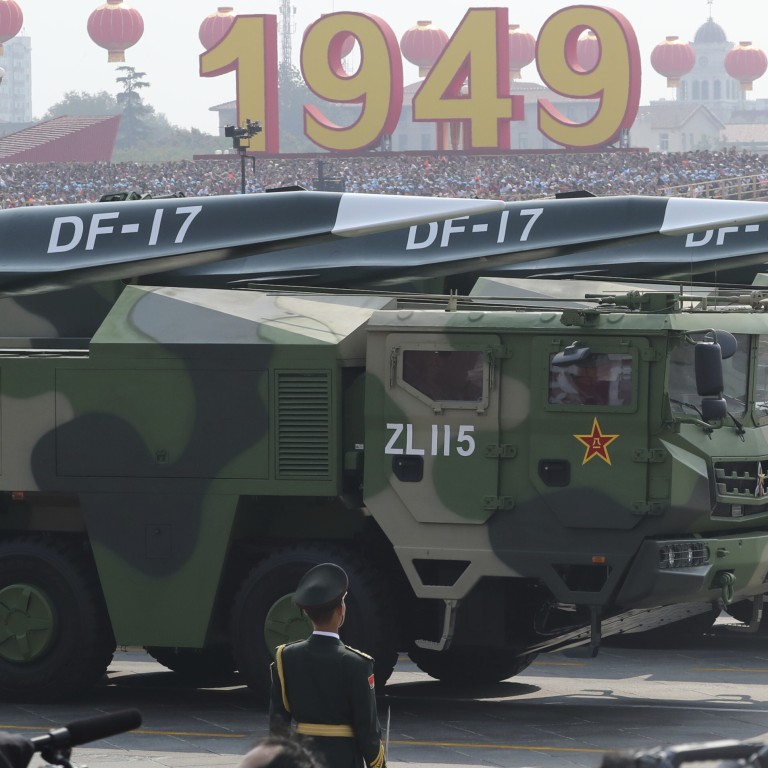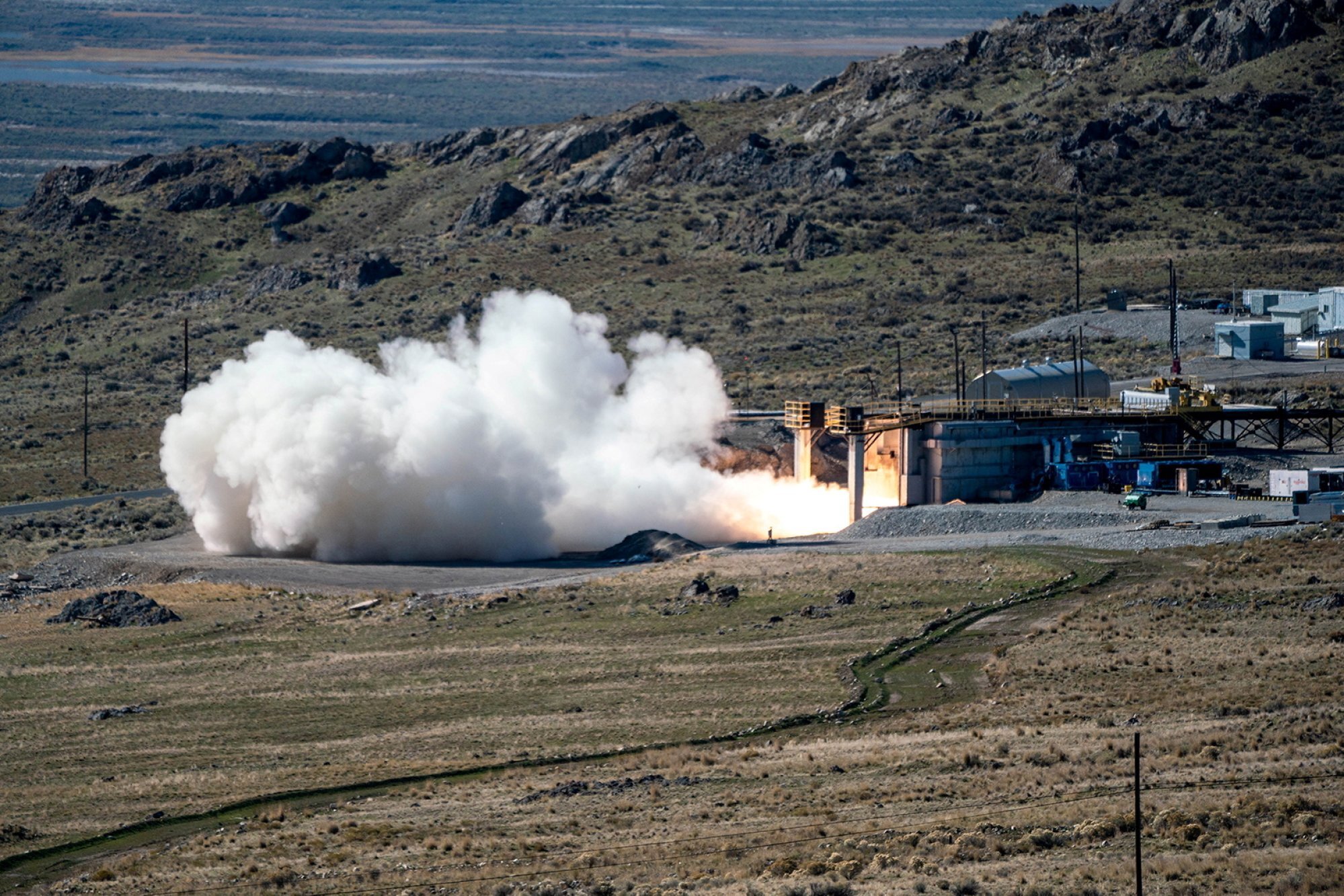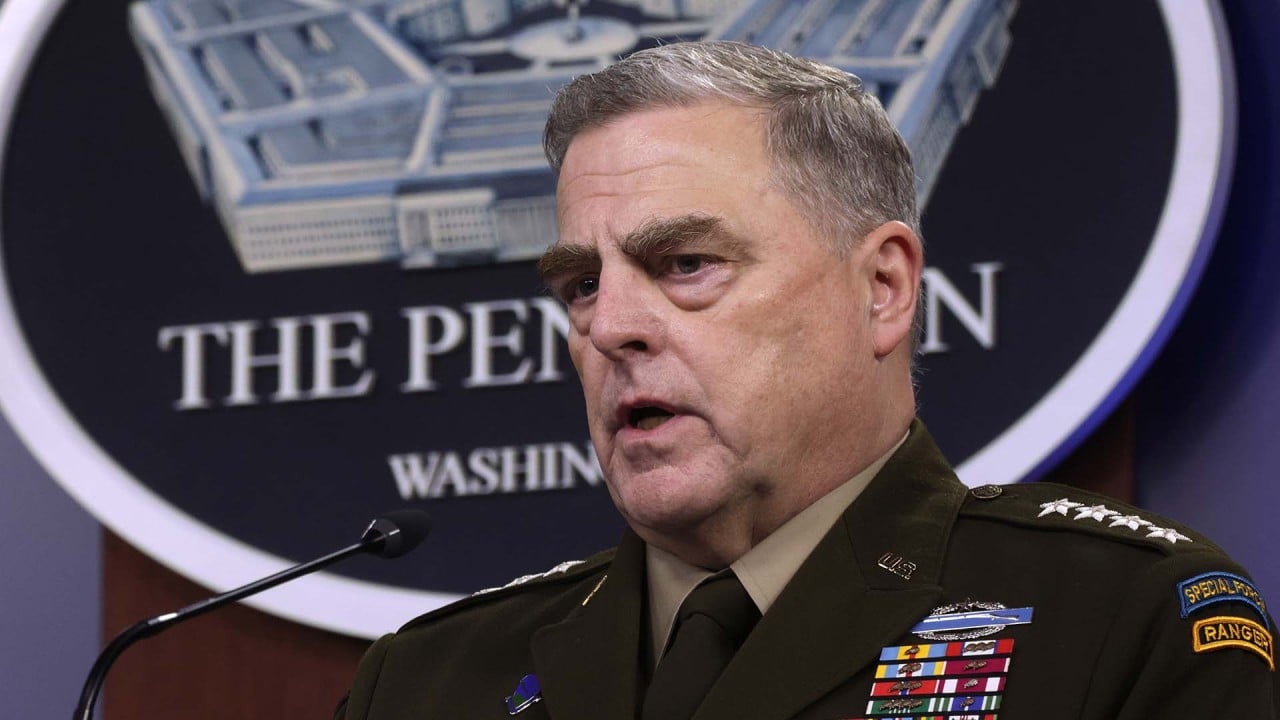
US in hypersonic weapon ‘arms race’ with China, says Air Force secretary
- Frank Kendall noted that the US military has focused funds on Iraq and Afghanistan, but has taken its eye off the ball in terms of the next-generation arms
- Some older aircraft and drones are still useful, but ‘none of these things scare China’, the official says
The United States and China are engaged in an arms race to develop the most lethal hypersonic weapons, the US Air Force secretary said on Tuesday, as Beijing and Washington build and test more of the high-speed next-generation arms.
“There is an arms race, not necessarily for increased numbers, but for increased quality,” Air Force Secretary Frank Kendall said during an interview in his Pentagon offices.
“It’s an arms race that has been going on for quite some time. The Chinese have been at it very aggressively.”
In October, the top US military officer, General Mark Milley, confirmed a Chinese hypersonic weapons test that military experts say appears to show Beijing’s pursuit of an Earth-orbiting system designed to evade American missile defences.
This year the Pentagon has held several hypersonic weapons tests with mixed success. In October, the Navy successfully tested a booster rocket motor that would be used to power a launch vehicle carrying a hypersonic weapon aloft.
Hypersonic weapons travel in the upper atmosphere at speeds of more than five times the speed of sound, or about 6,200km/h (3,853mph).
Kendall noted that while the US military has focused funds on Iraq and Afghanistan, it has taken its eye off the ball in terms of hypersonic weapons.
“This isn’t saying we’ve done nothing, but we haven’t done enough,” he said.
Chinese hypersonic test included ‘path-breaking second missile launch’
As the Pentagon enters the 2023 annual budget cycle, Kendall hopes to raise funds with the retirement of older and expensive-to-maintain systems in favour of new systems, including hypersonic development programmes.
“I love the A-10. The C-130 is a great aircraft that’s been very capable and very effective for a lot of missions. The MQ-9s have been very effective for counterterrorism and so on.
“They’re still useful, but none of these things scare China,” Kendall said, referring to a more than 40-year-old combat aircraft, a plane for carrying cargo, and widely used drones, respectively.

Defence contractors hope to capitalise on the shift to hypersonic weapons not only by building them, but also by developing new detection and defeat mechanisms.
Arms makers Lockheed Martin Corp, Northrop Grumman Corp and Raytheon Technologies Corp have all touted their hypersonic weapons programmes to investors as world focus shifted to the new arms race for an emerging class of weapon.
Still, the Pentagon wants defence contractors to cut the ultimate cost of hypersonic weapons, the head of research and development has said, as the next generation of superfast missiles being developed currently costs tens of millions per unit.


